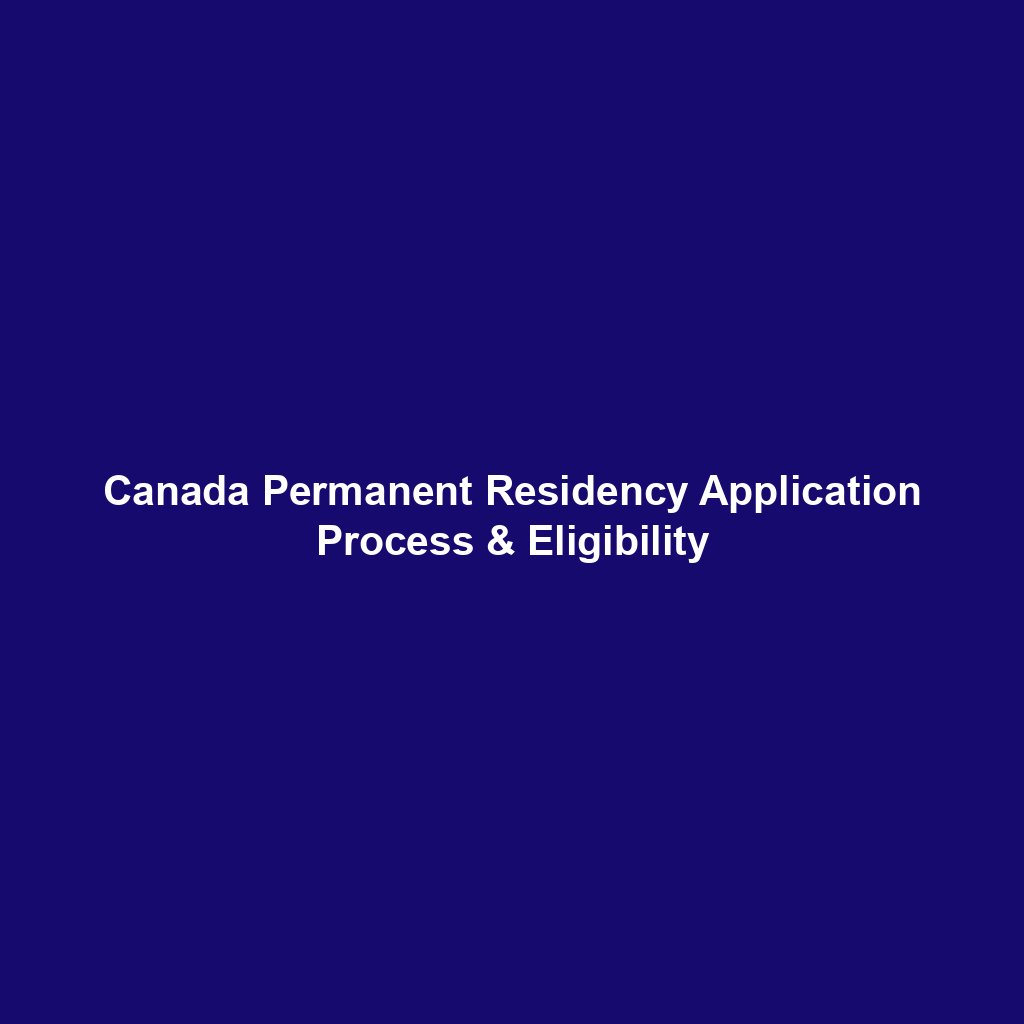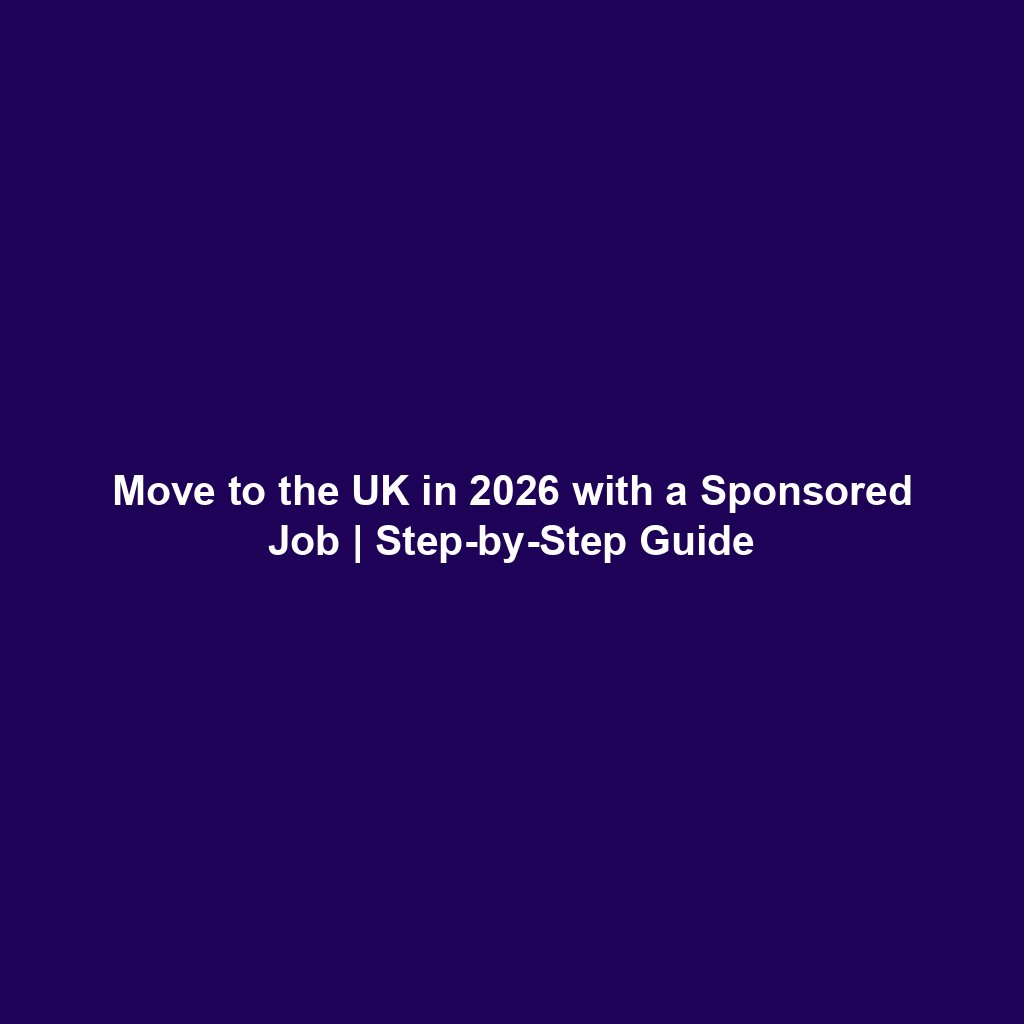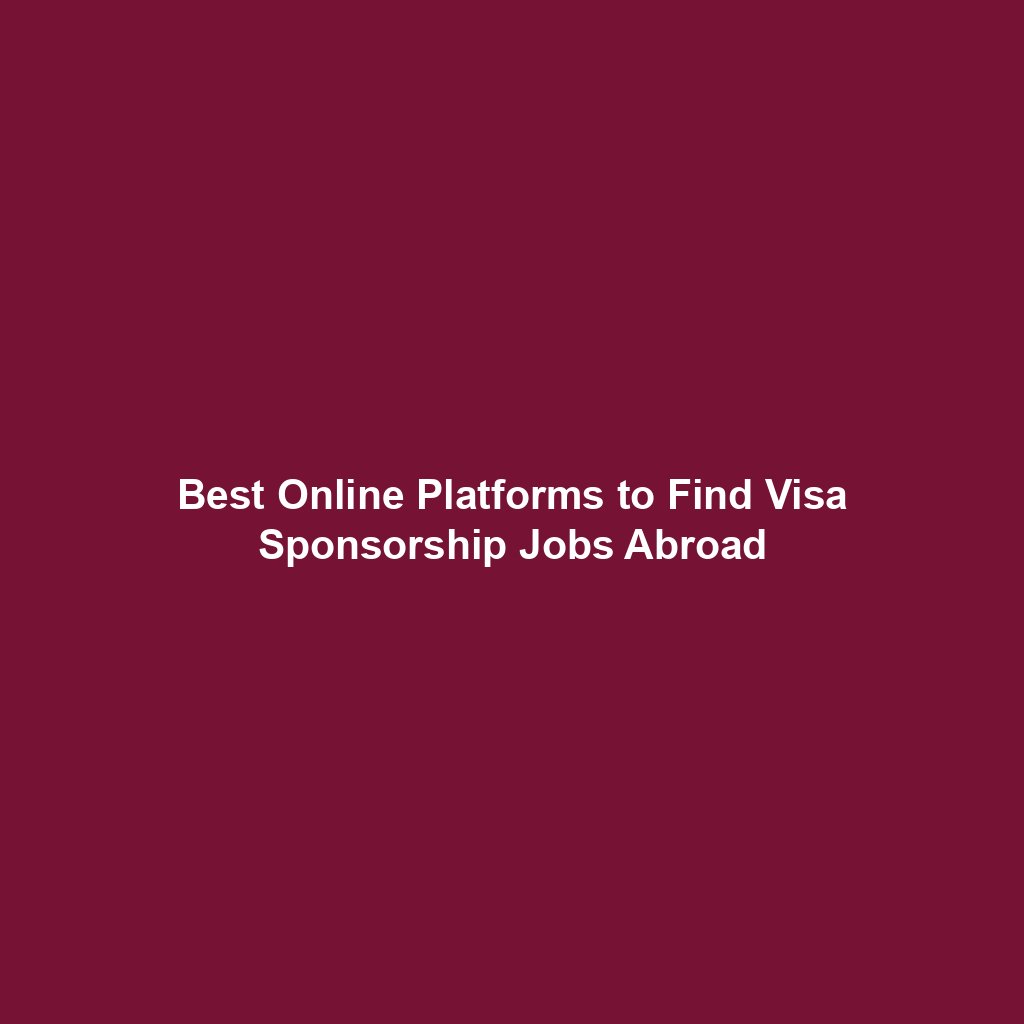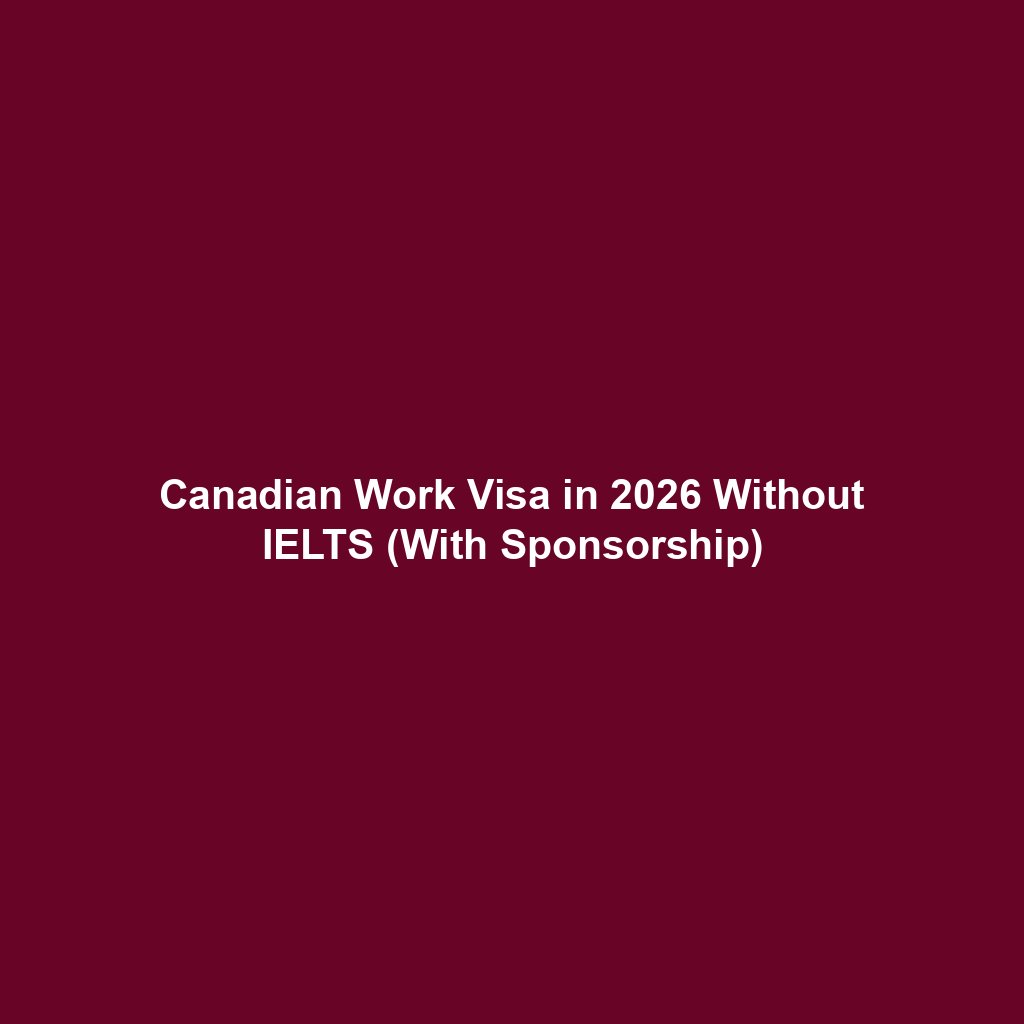Learn how to apply for Canada Permanent Residency in 2026. This complete guide covers eligibility criteria, step-by-step application process, required documents, and tips to increase your chances of success.
Canada is one of the most immigrant-friendly countries in the world, and for good reason. With a strong economy, high quality of life, world-class healthcare, and a welcoming multicultural society, thousands of people dream of calling Canada their permanent home every year.
If you’re one of them, you’re in the right place. Getting Canadian Permanent Residency (PR) is a major step toward settling permanently in the country. As a PR holder, you get most of the rights Canadian citizens enjoy, including the ability to live, work, study, and eventually apply for Canadian citizenship.
But the application process can be confusing—especially with several pathways, eligibility rules, and document requirements. This blog post will guide you through the Canada PR process in 2026, eligibility criteria, types of programs, and detailed steps to help you make the journey smoother.
Key Highlights
- ✅ Canada offers over 100 immigration pathways for permanent residency.
- 🛂 Express Entry is the most popular route for skilled workers.
- 📝 Eligibility depends on age, education, language skills, and work experience.
- 📍 Provincial Nominee Programs (PNPs) allow candidates to be nominated by provinces.
- 📄 A valid IELTS score and Educational Credential Assessment (ECA) are crucial for most PR streams.
- 🕒 Average PR processing time ranges from 6 to 12 months depending on the stream.
What is Canada Permanent Residency?
Canada Permanent Residency (PR) is an immigration status granted to foreign nationals who are allowed to live, work, and settle in Canada on a long-term basis. A PR holder is not a citizen but enjoys many benefits, including:
- The right to live and work anywhere in Canada
- Access to Canadian healthcare and social services
- Free education for children in public schools
- Protection under Canadian law and the Charter of Rights and Freedoms
- Eligibility to apply for Canadian citizenship after 3 to 5 years
Canada Permanent Residency Pathways in 2026
There are several immigration programs that lead to Canadian PR. Below are the most popular and effective ones for 2026:
1. Express Entry (EE)
This is the fastest and most widely used system for skilled immigrants. It includes three categories:
- Federal Skilled Worker Program (FSWP)
- Canadian Experience Class (CEC)
- Federal Skilled Trades Program (FSTP)
Candidates are ranked under a Comprehensive Ranking System (CRS) based on age, education, work experience, language ability, and adaptability.
2. Provincial Nominee Program (PNP)
Each Canadian province runs its own immigration program targeting specific skill needs. If a province nominates you, you get an additional 600 CRS points, practically guaranteeing an Invitation to Apply (ITA).
3. Atlantic Immigration Program (AIP)
Designed for skilled workers and international graduates who wish to live in Atlantic Canada (Nova Scotia, New Brunswick, PEI, and Newfoundland & Labrador).
A job offer from a designated employer is mandatory.
4. Quebec Skilled Worker Program (QSWP)
Quebec manages its own immigration process. If you’re proficient in French, this may be your best pathway.
5. Family Sponsorship
Canadian citizens or PR holders can sponsor their spouse, common-law partner, dependent children, or parents for PR.
📍 More info: Family Sponsorship – IRCC
Canada PR Eligibility Requirements (2026 Update)
Each immigration program has its own criteria, but generally, applicants must meet the following:
1. Age
Ideal age range is 18–35 years. Older candidates lose points under the Express Entry CRS.
2. Education
Minimum requirement is secondary education, but a bachelor’s degree or higher gives more CRS points. An ECA (Educational Credential Assessment) is mandatory.
📍 Evaluate credentials: WES Canada
3. Language Proficiency
Applicants must prove proficiency in English or French through standardized tests:
- IELTS or CELPIP (English)
- TEF Canada or TCF Canada (French)
Minimum CLB (Canadian Language Benchmark) score is 7 for Express Entry.
4. Work Experience
At least 1 year of full-time paid work experience in a skilled occupation listed under NOC TEER 0, 1, 2, or 3 is required for most streams.
📍 Check job codes: Canada NOC Website
5. Proof of Funds
Applicants must show enough funds to support themselves and their families. This doesn’t apply if you have a valid job offer or are applying under CEC.
Minimum Funds (2026):
| Family Members | Funds Required (CAD) |
|---|---|
| 1 | $14,000 |
| 2 | $17,500 |
| 3 | $21,000 |
| 4 | $25,000 |
Step-by-Step: How to Apply for Canada PR in 2026
Step 1: Determine Your Eligibility
Start by checking which PR stream suits your profile best. You can use the Come to Canada tool on the IRCC website.
📍 Try it here: Come to Canada Tool
Step 2: Create Your Express Entry Profile
If you’re applying through Express Entry:
- Complete your ECA
- Take the IELTS/CELPIP test
- Create an IRCC account and submit your profile
- Get ranked through CRS
Step 3: Get a Provincial Nomination (Optional but Strategic)
To boost your chances, apply to a PNP stream in a province aligned with your profession. If nominated, you gain 600 extra CRS points.
Step 4: Receive an Invitation to Apply (ITA)
If your CRS score is above the cutoff, you’ll receive an ITA during one of the regular Express Entry draws.
Step 5: Submit Full Application
After receiving the ITA, submit your completed PR application within 60 days. Required documents include:
- Medical exam results
- Police clearance certificate
- Proof of funds
- Reference letters
- Identity and civil documents
Step 6: Wait for a Decision
Processing takes 6 to 12 months on average. You can check status through your IRCC account.
Step 7: Get Confirmation of Permanent Residence (COPR)
If approved, you’ll receive a COPR and PR visa (if outside Canada). You must then land in Canada to activate your PR status.
Canada PR Application Fees (2026)
| Application Type | Fee (CAD) |
|---|---|
| Primary Applicant | $1,365 |
| Spouse/Partner | $1,365 |
| Dependent Child | $230 (each) |
| Biometrics | $85 (per person) |
Benefits of Becoming a Canadian Permanent Resident
- Free healthcare access
- Eligibility to sponsor family members
- Access to education, jobs, and business opportunities
- Travel freedom within and outside Canada
- Ability to apply for Canadian citizenship after 3 years of residence
Conclusion: Start Your Canada PR Journey Today
Canada offers one of the most accessible and rewarding immigration systems in the world. Whether you’re a skilled worker, student graduate, or family member, there’s a pathway for you to obtain permanent residency.
By understanding the eligibility requirements, choosing the right immigration program, and preparing your documents properly, you can increase your chances of success in 2026. The earlier you start, the better your position will be in upcoming Express Entry draws and PNP intakes.
Don’t wait for the perfect moment—start your Canada PR journey today and take the first step toward a better future.
FAQs – Canada Permanent Residency
1. How long does it take to get Canada PR?
Most Express Entry applications are processed within 6 to 12 months from the date of submission. PNP and other streams may take slightly longer.
2. Can I apply for PR without a job offer?
Yes. A job offer is not mandatory for Express Entry or some PNPs, but it can increase your CRS score and chances of selection.
3. What is the minimum IELTS score for Canada PR?
A minimum CLB 7 (IELTS: 6.0 in each band) is usually required for Express Entry. Some programs may accept lower scores.
4. Can I include my family in my PR application?
Yes. You can include your spouse/partner and dependent children in your PR application.
5. Do I need a lawyer or consultant to apply for PR?
No. While consultants can help, many applicants successfully apply on their own using official IRCC resources.






